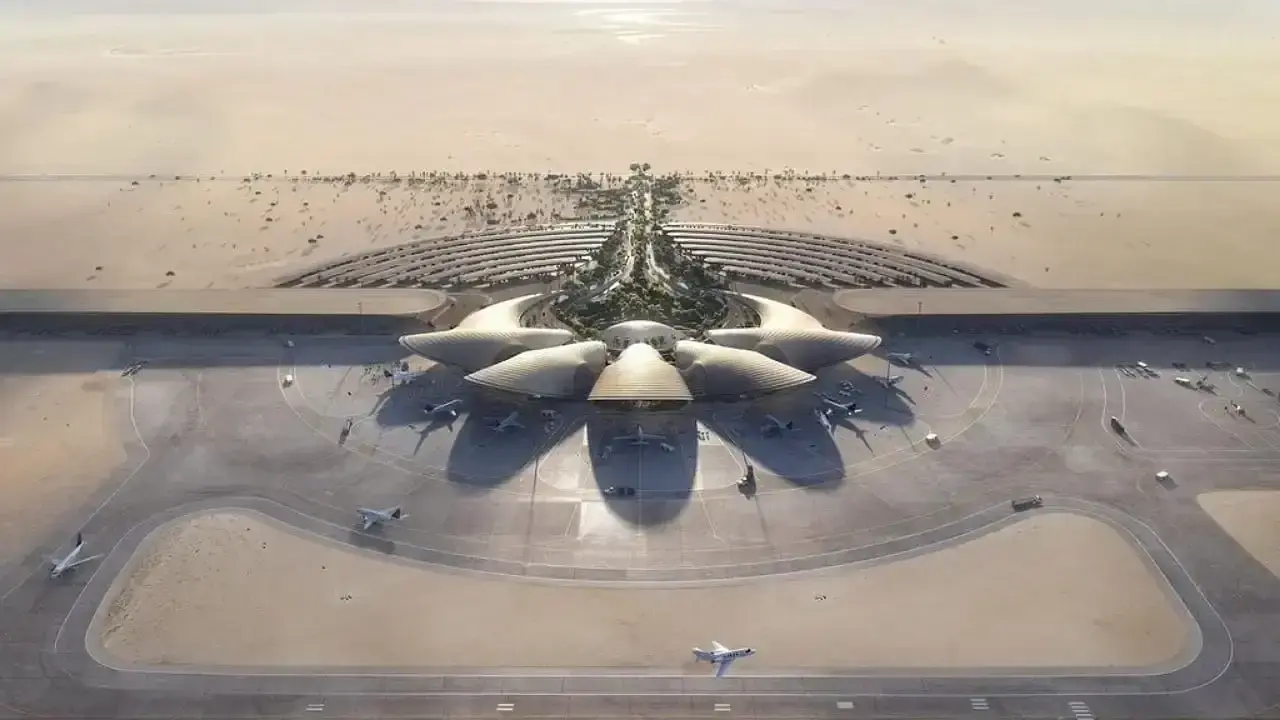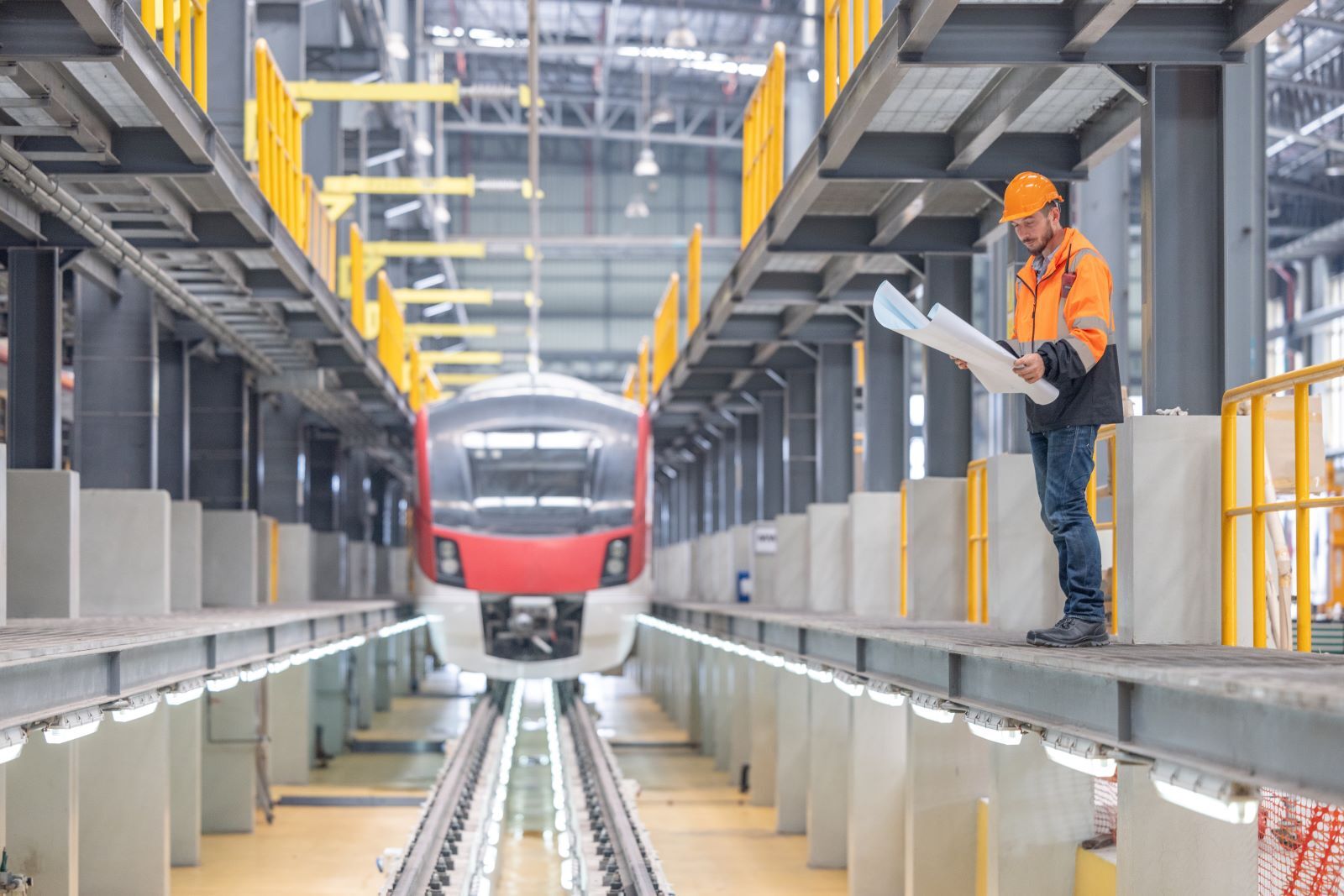Red Sea International Airport serves as a gateway, connecting the world to the luxurious experiences of the future.

The newly operational Red Sea International Airport serves as a crucial connection, linking tourism and entertainment projects in the Red Sea to cities within Saudi Arabia and worldwide. As Saudi Arabia's Red Sea destination aims to become a top tourist spot globally, it demands a high-end airport that matches the luxury found in the resorts and hotels in the region.
The airport showcases a captivating architectural design inspired by the sand dunes of the surrounding desert. Notably, it prioritises environmental friendliness by relying entirely on renewable energy sources, resulting in a reduction in carbon dioxide emissions. The Red Sea International Airport also provides complimentary transportation services to and from the airport three hours before each flight. Residents of Red Sea tourist destinations can access the airport through seaplanes, electric cars, or luxury yachts.
The airport is designed to handle a wide range of aircraft, from small private planes to large Airbus A380s. It is also the sole airport of its kind in the Red Sea region that caters to seaplanes. Since its opening in late 2023, the airport is projected to host approximately one million passengers each year, with the ability to handle up to 900 passengers per hour during peak times.
The Red Sea International Airport's initial flight plan includes two weekly flights from the capital, Riyadh, via "Saudi Airlines." Subsequently, additional flights are set to be added from various Saudi and international locations. The airport is slated for expansion and increased capacity this year, capitalising on its strategic location. This is significant, enabling access to 85% of global destinations within a maximum travel time of 8 hours. Concurrently, new projects and resorts in the Red Sea region are set to be launched in the upcoming period.
Being managed by the Red Sea International Company, the Airport is part of their portfolio, which includes developing renewable projects in the Red Sea and Amala destinations. Aligned with the Kingdom's 2030 vision, the goal is to turn this region into a prominent tourist attraction, catering to lovers of tourism, adventure, and luxury experiences from around the world.
-png-1-3.png)


